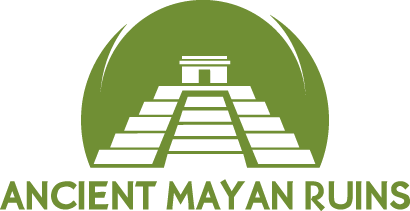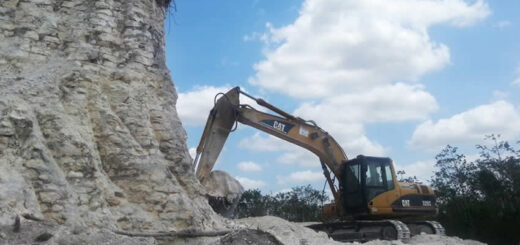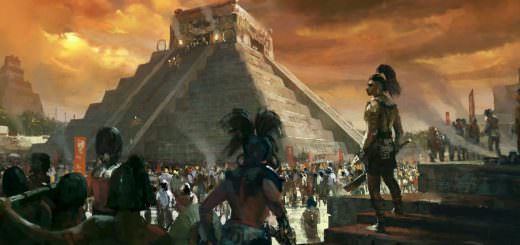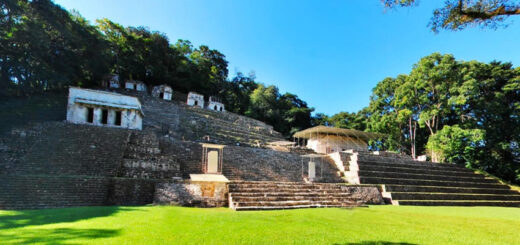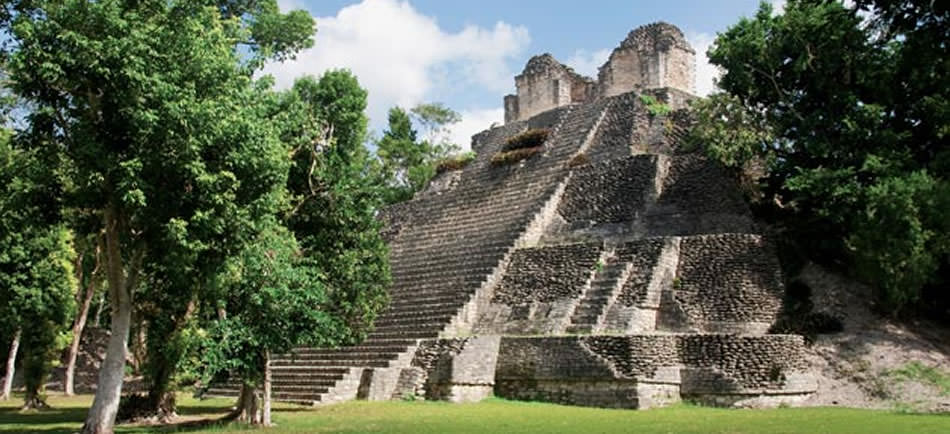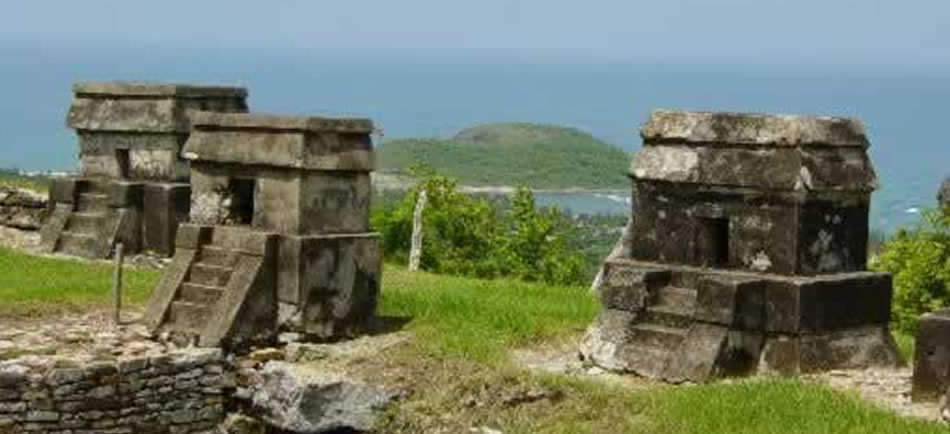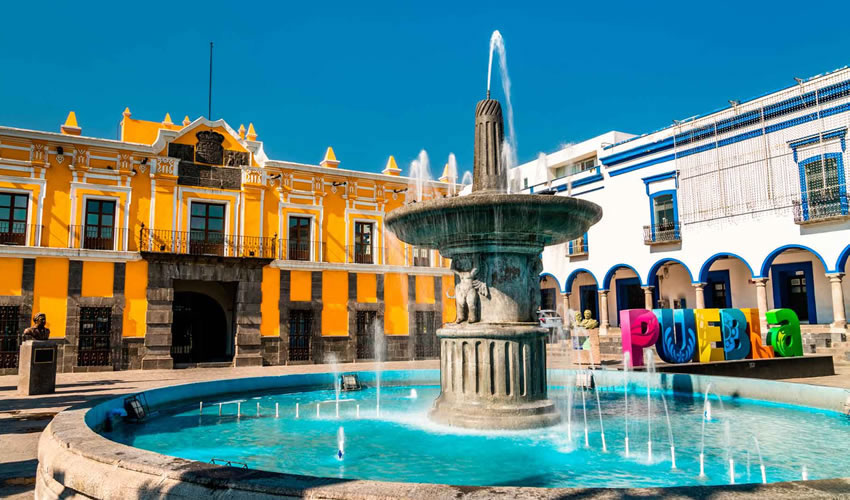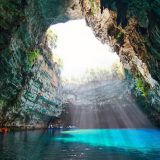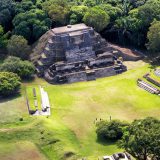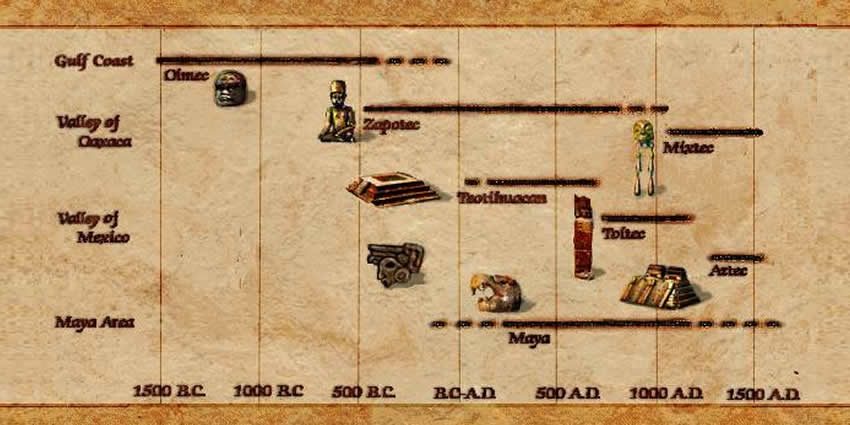
Mesoamerican chronology
Mesoamerican chronology reflects the complex interplay of cultural exchange, political upheaval, and technological innovation that shaped the history of the region. Scholars continue to explore and interpret this rich heritage.
Mesoamerican chronology is divided into several distinct periods. These periods marked significant transitions in cultural, social, and political development, reflecting the dynamic nature of Mesoamerican civilizations.
Mesoamerican chronology is divided into several periods:
- Paleo-Indian (first human habitation until 3500 BCE)
- Archaic (before 2600 BCE)
- Preclassic or Formative (2500 BCE – 250 CE)
- Classic (250–900 CE)
- Postclassic (900–1521 CE)
This period was followed by the arrival of the Spanish.
- Colonial Period (1521–1821)
- Postcolonial Period
- Independence from Spain
The timing of the end of each period can vary depending on the region.
The periodization is based on archaeological, ethnohistorical, and modern cultural anthropology research. Archaeologists, ethnohistorians, historians, and cultural anthropologists continue to work to develop cultural histories of the region.
Paleo-Indian period (10,000 – 3,500 BCE)
The Paleo-Indian (or Lithic) period spans from the first signs of human presence in the region to the establishment of agriculture, pottery, permanent settlements, and subsistence techniques characteristic of proto-civilizations.
In Mesoamerica, the termination of this phase and its transition into the succeeding Archaic period may generally be reckoned as between 10,000 and 8000 BCE. This dating is approximate only and different timescales may be used between fields and sub-regions.
Archaic Era (3,500 – 2,600 BCE)
During the Archaic Era, agriculture was developed in the region and permanent villages were established. Late in this era, the use of pottery and loom weaving became common, and class divisions began to appear.
Many of the basic technologies of Mesoamerica in terms of stone-grinding, drilling, pottery, etc. were established during this period.
Preclassic Era or Formative Period (2000 BCE – 250 CE)
During the Preclassic Era, or Formative Period, large-scale ceremonial architecture, writing, cities, and states developed.
Many of the distinctive elements of Mesoamerican civilization can be traced to this period, including the dominance of corn, the building of pyramids, human sacrifice, jaguar worship, the complex calendar, and many of the gods.
The Olmec civilization developed and flourished at such sites as La Venta and San Lorenzo Tenochtitlán, eventually succeeded by the Epi-Olmec culture between 300–250 BCE.
The Zapotec civilization arose in the Valley of Oaxaca, the Teotihuacan civilization arose in the Valley of Mexico.
The Maya civilization began to develop in the Mirador Basin (in modern-day Guatemala) and the Epi-Olmec culture in the Isthmus of Tehuantepec (in modern-day Chiapas), later expanding into Guatemala and the Yucatan Peninsula.
In Central America, there were some Olmec influences, the archaeological sites of Los Naranjos and Yarumela in Honduras stand out, built by ancestors of the Lencas, which reflect an architectural influence of this culture on Central American soil.
Other sites with possible Olmec influence have been reported, such as Puerto Escondido, in the Sula Valley, near La Lima, and Hato Viejo in the department of Olancho, where a jadeite statuette has been found that shares many characteristics with those found in Mexico.
Classic Period (250 – 900 CE)
The Classic Period was dominated by numerous independent city-states in the Maya region and also featured the beginnings of political unity in central Mexico and the Yucatán. Regional differences between cultures grew more manifest.
The city-state of Teotihuacan dominated the Valley of Mexico until the early 8th century, but little is known of the political structure of the region because the Teotihuacanos left no written records.
The city-state of Monte Albán dominated the Valley of Oaxaca until the late Classic, leaving limited records in their script, which is as yet mostly undeciphered. Highly sophisticated arts such as stuccowork, architecture, sculptural reliefs, mural painting, pottery, and lapidary developed and spread during the Classic era.
In the Maya region, under considerable military influence by Teotihuacan after the “arrival” of Siyaj K’ak’ in 378 CE, numerous city states such as Tikal, Uaxactun, Calakmul, Copán, Quirigua, Palenque, Cobá, and Caracol reached their zeniths.
Each of these polities was generally independent, although they often formed alliances and sometimes became vassal states of each other.
The main conflict during this period was between Tikal and Calakmul, which fought a series of wars throughout more than half a millennium. Each of these states declined during the Terminal Classic and was eventually abandoned.
Postclassic Period (900 – 1521)
In the Postclassic Period, many of the great nations and cities of the Classic Era collapsed, although some continued, such as in Oaxaca, Cholula, and the Maya of Yucatan, such as at Chichen Itza and Uxmal.
This is sometimes thought to have been a period of increased chaos and warfare.
The Postclassic is often viewed as a period of cultural decline. However, it was a time of technological advancement in architecture, engineering, and weaponry. Metallurgy came into use for jewelry and some tools, with new alloys and techniques being developed in a few centuries.
The Postclassic was a period of rapid movement and population growth—especially in Central Mexico post-1200—and of experimentation in governance. For instance, in Yucatan, ‘dual rulership’ apparently replaced the more theocratic governments of Classic times, while oligarchic councils operated in much of central Mexico.
Likewise, it appears that the wealthy pochteca (merchant class) and military orders became more powerful than was the case in Classic times. This afforded some Mesoamericans a degree of social mobility.
The Toltecs for a time dominated central Mexico in the 9th–10th century, then collapsed. The northern Maya were for a time united under Mayapan. Oaxaca was briefly united by Mixtec rulers in the 11th–12th centuries.
The Aztec Empire arose in the early 15th century and appeared to be on a path to asserting dominance over the Valley of Mexico region not seen since Teotihuacan.
By the 15th century, the Mayan ‘revival’ in Yucatan and southern Guatemala and the flourishing of Aztec imperialism enabled a renaissance of fine arts and science.
Examples include the ‘Pueblan-Mexica’ style in pottery, codex illumination, and goldwork, the flourishing of Nahua poetry, and the botanical institutes established by the Aztec elite.
Spain was the first European power to contact Mesoamerica. Its conquistadors, aided by numerous native allies, conquered the Aztecs.
Colonial Period (1521 – 1821)
The Colonial Period was initiated with the Spanish conquest (1519–1521), which ended the hegemony of the Aztec Empire.
It was accomplished with the Spaniards’ strategic alliances with enemies of the empire, most especially Tlaxcala, but also Huexotzinco, Xochimilco, and even Texcoco, a former partner in the Aztec Triple Alliance.
Although not all parts of Mesoamerica were brought under the control of the Spanish Empire immediately, the defeat of the Aztecs marked the dramatic beginning of an inexorable process of conquest in Mesoamerica and incorporation that Spain completed in the mid-seventeenth century.
Indigenous peoples did not disappear, although their numbers were greatly reduced in the sixteenth century by new infectious diseases brought by the Spanish invaders; they suffered high mortality from slave labor, and during epidemics.
The fall of Tenochtitlan marked the beginning of the three-hundred-year colonial period and the imposition of Spanish rule.
